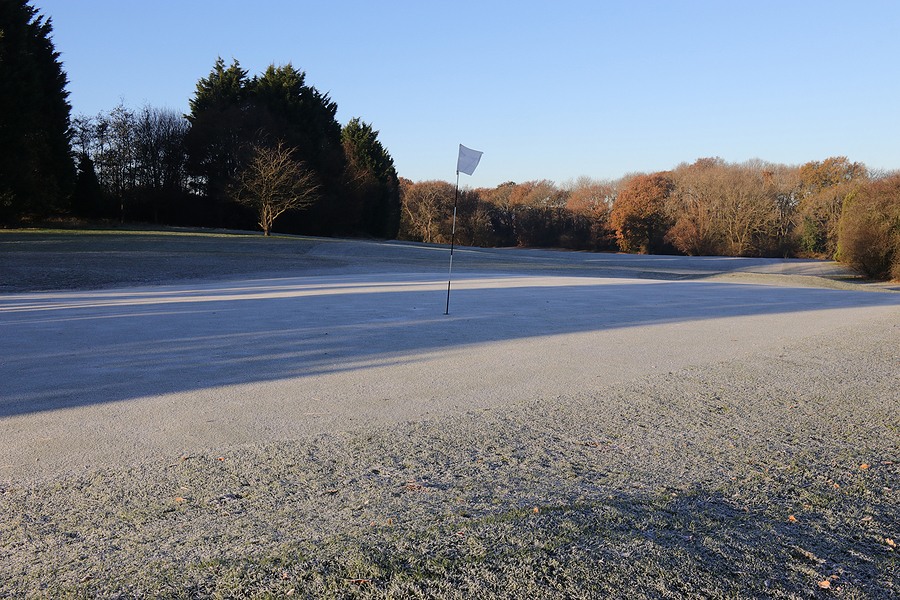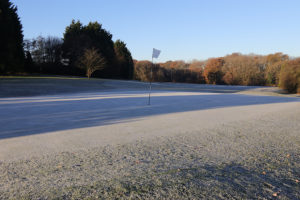
22 Dec Keeping Your Course Open Through the Winter
 As the pandemic rages on across the country, businesses everywhere are hurting—including golf courses. But now in the North, the weather has turned cold, so playing golf is not as appealing to players as it once was. With the loss of revenue from the past year, it can be tempting for courses to want to push it—keeping their course open longer than usual, hoping for a warmer day here and there so the die-hards may stop by and squeeze in some additional rounds. But keeping the course open through the winter months is hard. There are fewer daylight hours and difficult weather conditions to contend with. What’s a course to do? We have some ideas for you.
As the pandemic rages on across the country, businesses everywhere are hurting—including golf courses. But now in the North, the weather has turned cold, so playing golf is not as appealing to players as it once was. With the loss of revenue from the past year, it can be tempting for courses to want to push it—keeping their course open longer than usual, hoping for a warmer day here and there so the die-hards may stop by and squeeze in some additional rounds. But keeping the course open through the winter months is hard. There are fewer daylight hours and difficult weather conditions to contend with. What’s a course to do? We have some ideas for you.
Beware of Wet and Frosty Conditions
If you’re gonna stay open, first and foremost, protecting your greens and grounds should be your number one priority, and playing on frozen or overly wet greens is dangerous and highly damaging.
- When you experience a lot of wet conditions, it can damage the turf and prevent proper drainage—and that all worsens when you play on it.
- When things turn frosty, foot traffic can bruise the grounds, leaving brown footprints behind that can remain for weeks on end. There can also be root damage, especially after a sudden thaw.
You’ll need to keep a close eye on the weather and greens, observing the turf, drainage and soil. You may want to consider limiting the course to 9-holes for this very reason. You can select the greens that are naturally drier, and close off the holes that should be avoided. You can also move the hole to a drier area of the green (that will also help keep the flow of regular foot traffic off those areas prone to damage).
Make Some Adjustments
You’ll have to make some play adjustments in order to keep play going through the winter. The first adjustment is obvious—no carts. Not only will they damage the greens and fairways if the driver veers off the path, but they aren’t made for driving through winter conditions. Besides, walking will help the players keep warm!
You may also want to consider adjusting the holes to rely on temporary greens. Designate an area far from the major putting greens to protect them, and set up your temporary spot. You’ll want to mow out a decent size area, at least 100 feet from the real green. What’s nice about this is you can use these temporary greens down the road—during construction projects for example.
There are a few other adjustments you’ll need to make when it comes to play for the players. Before your golfers head out, review with them winter golf rules (preferred lies, casual water, embedded ball rule) and make sure they dress warmly! Any player that comes for a round understands this is not an ideal situation and will take whatever they can get!
Soil & Water is Here for You
Every little bit helps, so if you have players looking to play, consider carefully allowing winter golf on your course. Just make sure to do your homework! If you’re considering creating some temporary greens, Soil & Water can help. We have years of experience consulting on construction and renovation projects and can advise you on what makes sense for your course.


